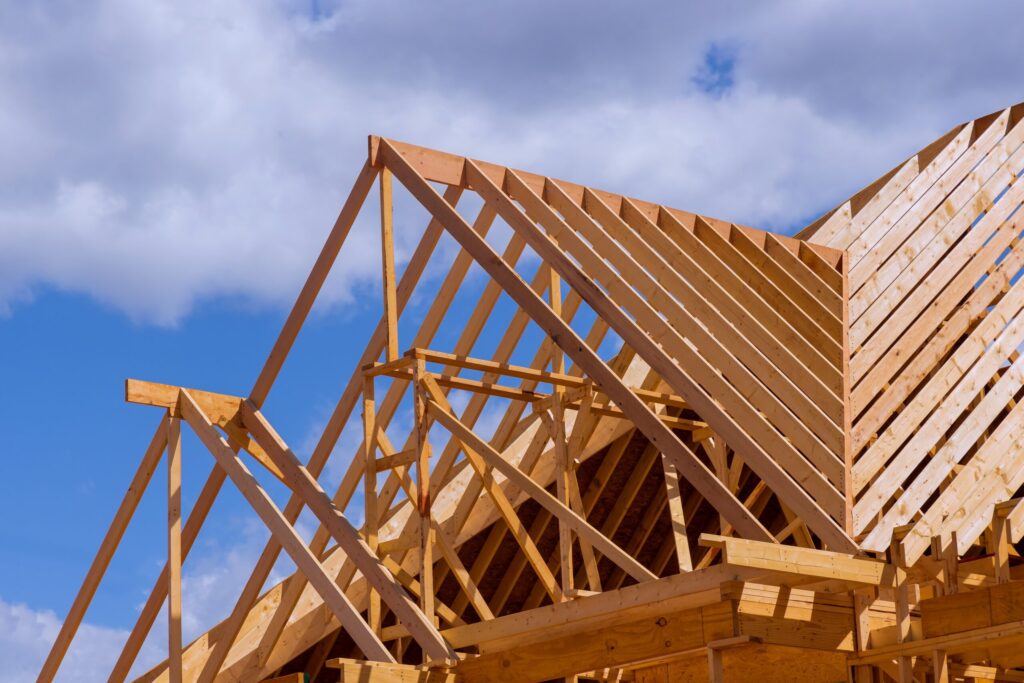Knowing when to replace your roof can be a confusing task, as there are many factors to consider. Properly maintaining a roof can extend its lifespan, but at some point, a full replacement becomes inevitable. In this article, we will discuss key indicators to help you know when it’s time to replace your roof.
Age and Condition of Roofing Material
The age of your roof plays a significant role in determining whether or not a replacement is necessary. Most roofing materials have a specific lifespan, beyond which they become prone to leaks, cracks, and other damage. While material quality, installation methods, and proper maintenance can influence longevity, it is essential to know the expected lifespan of your current roofing material.
For instance, asphalt shingles typically last 20 to 30 years, while metal or tile roofs can last significantly longer. If your roof is approaching or exceeding its expected lifespan, it’s time to start considering a replacement. Additionally, assess the physical condition of your roofing material. Look for signs of deterioration, such as cracked, curling, or missing shingles. This could indicate that your roof is at the end of its life and needs replacing rather than patching or repairing individual problem areas. Depending on where you live, you can search for “roofing calculator Maryland,” for example, to help estimate the costs in your area and make informed decisions for your roof replacement project.
Frequent Leaks and Water Damage
Experiencing occasional leaks or minor water issues is common for homeowners; however, if you find yourself continually battling water damage and leaks, it may be time for a roof replacement. Frequent leaks can lead to severe structural damage, mold growth, and other costly issues.
Inspect your attic regularly for signs of water intrusion, such as stained or discolored insulation, wet or rotting wood, and mold or mildew growth. If leaks continue to appear despite carrying out proper repairs and maintenance, it’s a clear indication that your roof is no longer effectively protecting your home and needs replacement. You can hire a professional roofer to perform a comprehensive inspection and provide recommendations on the best course of action based on their assessment.
Increased Energy Consumption
If you have noticed a steady increase in your home’s energy consumption despite maintaining your heating and cooling systems properly, it may indicate an issue with your roof’s insulation and ventilation. As your roof wears down, it loses its ability to properly insulate your home, leading to increased energy consumption and higher utility bills.
By replacing your old roof with energy-efficient roofing material, you can not only boost your home’s comfort levels but also save money on energy costs in the long run. Keep in mind that modern roofing materials often have higher insulation properties and are designed not only to improve your home’s energy efficiency but also to minimize its environmental impact.
When looking for new roofing materials, research and consider options that provide a balance between durability, energy efficiency, and aesthetics, such as reflective, cool roofing materials or energy-efficient shingles.
Sagging Roof Deck
A sagging roof deck is a serious issue that warrants immediate attention. This can be caused by water damage, improper installation, or insufficient support to bear the weight of your roofing material. A sagging roof is a warning sign that your roof could collapse, endangering the safety of your family and possessions.
If you notice any signs of sagging, such as visible dips in the roof line or bowed trusses in your attic, schedule an appointment with a professional roofer to assess the extent of the problem. Keep in mind that a sagging roof usually requires a full replacement, as the structural integrity of the roof is compromised.
Delaying the replacement of a sagging roof can result in additional damage to your home, such as cracked walls, bent frames, and even structural collapse. Addressing this issue promptly can save you from expensive repair costs and potential safety hazards.
Overall, staying vigilant for these key indicators can help homeowners identify when it’s time to replace their roofs. By consulting a professional roofer and considering factors such as age, energy efficiency, leaks, and structural integrity, you can maintain a durable and safe roof for your home.

